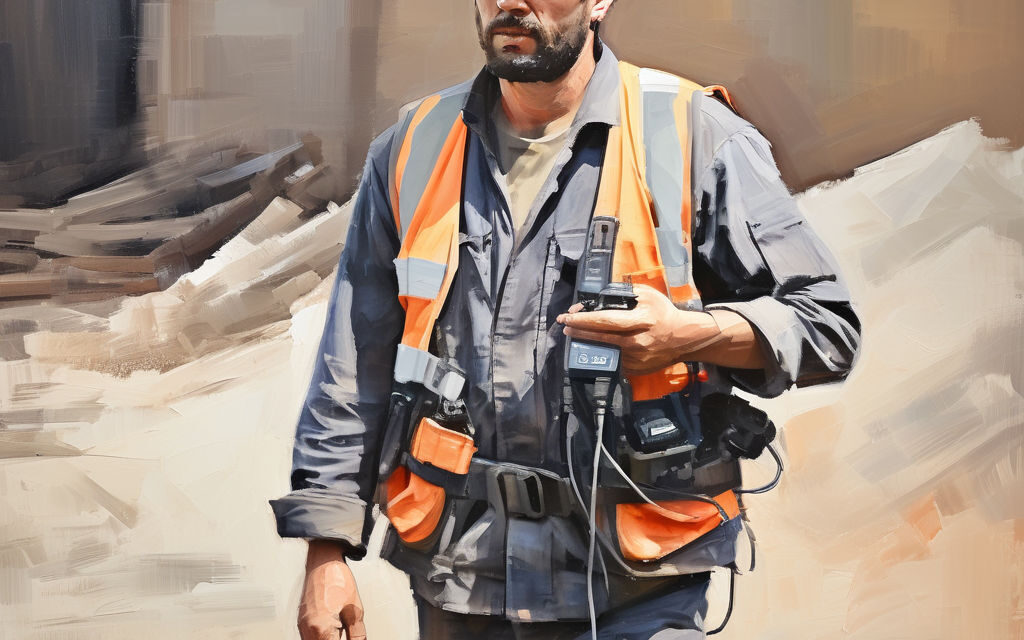In an era of rapid technological advancements, the humble two-way radios might seem like a relic of the past.
However, these unassuming devices offer advantages that continue to hold significant value in the evolving landscape of work, especially when integrated with data applications.
Here, we explore how two-way radios remain a relevant and valuable tool, safeguarding workers and fostering efficient communication in various industries.
The Power of Instant Communication
The defining feature of two-way radios, instant, real-time communication, remains vital in various work environments. Unlike smartphones, which can be unreliable in areas with weak cellular reception, two-way radios operate on dedicated frequencies, ensuring seamless communication regardless of location.
This is crucial in industries like construction, manufacturing, and security, where timely coordination and clear instructions can prevent delays, errors, and even accidents. Imagine a construction site where critical updates need to be relayed to dispersed crew members across a vast area. A quick radio message allows for immediate action, preventing potential hazards and ensuring smooth project execution.
Data Integration: Expanding Functionality
While clear voice communication remains the core strength of two-way radios, modern versions are embracing the power of data integration. This allows for the transmission of data packets alongside voice messages, offering enhanced functionality.
In industries like logistics and healthcare, this translates to real-time information sharing that can significantly improve efficiency and safety. Imagine a delivery driver receiving updated delivery schedules and route changes directly on their two-way radio, eliminating the need to constantly check a smartphone or tablet, thereby improving focus, and reducing potential distractions while driving.
Similarly, in hospitals, medical personnel can utilise data-enabled two-way radios to share patient data securely, facilitating faster response times and improved patient care.
Enhanced Safety in High-Risk Environments
Beyond communication, two-way radios contribute significantly to worker safety in high-risk environments. Features like lone worker functionality automatically send an alert if a worker is inactive for a designated period, ensuring timely assistance in case of accidents or emergencies. This proves invaluable in industries like security, where isolated work settings present inherent risks.
Additionally, features like GPS tracking enable dispatchers to locate lone workers, further enhancing their safety. Consider a security guard patrolling a remote area. If they encounter a dangerous situation, a lone worker alert can trigger an immediate response from colleagues or dispatch, potentially saving lives.
Collaboration and Coordination
The ability to connect with multiple team members simultaneously through group calls makes two-way radios ideal for situations requiring coordinated efforts. Imagine a team of firefighters battling a blaze. Real-time communication through two-way radios allows them to share critical information, coordinate their response, and ensure team safety and effectiveness.
This collaboration extends to other industries as well – from construction crews coordinating heavy machinery operation to factory workers tackling complex assembly lines, two-way radios facilitate seamless teamwork, promoting efficiency and avoiding potential miscommunication.
Cost-Effectiveness and Durability
Compared to relying solely on smartphones for communication, two-way radios offer a cost-effective and durable solution. They are typically built to withstand harsh working environments, making them ideal for demanding conditions. Additionally, their dedicated communication channels eliminate the need for expensive cellular data plans, making them a budget-friendly option for businesses.
Looking Ahead: A Secure Bridge to the Future
In conclusion, two-way radios continue to play a crucial role in the future of work. They offer instant, reliable communication, integrate seamlessly with data applications for enhanced functionality, and prioritize worker safety through features like lone worker alerts and GPS tracking. Furthermore, their durability and cost-effectiveness make them a practical choice for diverse industries.
As technology evolves, two-way radios are likely to adapt and integrate newer functionalities, ensuring their continued relevance as a secure and efficient communication tool in the ever-changing work landscape.

Thomas Bradley is a features writer for Eemits Communications. He writes educational and informative content on the use of two-way communication technology across a range of industries.






